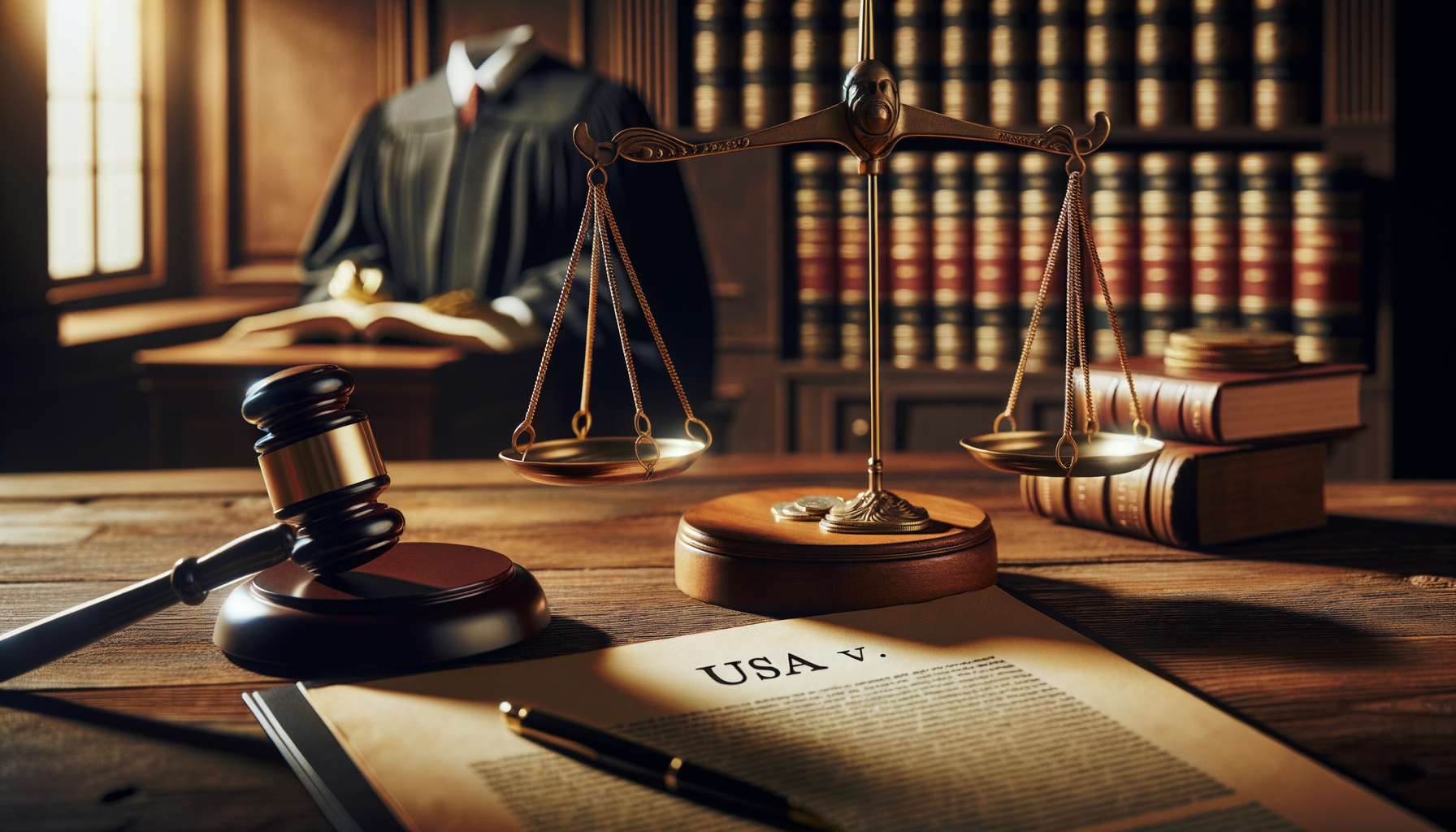Brief Summary of the Case (IRAC Pattern)
Issue: The central issue in the case of USA v. Sam Bankman-Fried is whether the defendant, Sam Bankman-Fried, engaged in illegal activities, including wire fraud, securities fraud, conspiracy, and money laundering, in relation to the operation of his cryptocurrency exchange and trading platform.
Rule: The relevant legal rules involve the application of U.S. federal laws on wire fraud (18 U.S.C. § 1343), securities fraud (15 U.S.C. §§ 78j(b) and 78ff), conspiracy to commit fraud (18 U.S.C. § 1349), and money laundering (18 U.S.C. §§ 1956-1957), among others. These statutes criminalize the use of fraudulent schemes to obtain money or property, the deceptive practices and misrepresentation in the sale of securities, the agreement to engage in fraudulent activities, and the conduct of financial transactions with proceeds known to be derived from unlawful activity.
Application: The prosecution must prove beyond a reasonable doubt that Bankman-Fried knowingly and willfully engaged in schemes to defraud investors and clients, made false statements or omissions of material fact in connection with the purchase or sale of securities, conspired with others to commit such offenses, and engaged in financial transactions with the proceeds of these unlawful activities.
Conclusion: If the government provides sufficient evidence to support these allegations, the court may find Bankman-Fried guilty of the charges. If the evidence is not sufficient or the defense presents a successful rebuttal, the court may find him not guilty.
Detailed IRAC Outline
I. Introduction
A. Background of the defendant, Sam Bankman-Fried, and his role as the founder and CEO of the cryptocurrency exchange and trading platform.
B. Overview of the charges against Bankman-Fried, including wire fraud, securities fraud, conspiracy, and money laundering.
II. Issues in Detail
A. Whether Bankman-Fried engaged in a scheme to defraud customers and investors of his cryptocurrency exchange.
B. Whether Bankman-Fried made material misrepresentations or omissions in relation to securities transactions.
C. Whether Bankman-Fried conspired with others to commit fraud and launder money.
D. The legal standards and elements required for the government to prove each charge.
III. Rules and Legal Standards
A. Detailed examination of the relevant statutes and case law governing wire fraud, securities fraud, conspiracy, and money laundering.
B. The elements of each crime that the prosecution must establish.
IV. Application of Law to Facts
A. Evidence presented by the prosecution:
1. Documentation of alleged fraudulent transactions.
2. Communications attributed to Bankman-Fried that demonstrate intent.
3. Testimony from witnesses and co-conspirators.
4. Financial records tracing the flow of allegedly illicit funds.
B. Arguments made by the defense:
1. Challenges to the credibility of witness testimonies.
2. Explanations for financial transactions that the defense argues are legitimate.
3. Potential lack of intent to defraud or lack of knowledge of wrongdoing.
C. Analysis of how the factual evidence aligns or conflicts with the legal elements of the alleged crimes.
V. Conclusion
A. Summary of the key findings from the application of law to the facts.
B. Potential outcomes based on the evidence presented, including possible defenses and their impacts.
C. Final determination of guilt or innocence on each charge based on the evidence and the legal standards.
VI. Discussion
A. Implications of the case for the cryptocurrency industry and regulatory environment.
B. Analysis of the case’s impact on public perception and trust in financial institutions within the crypto space.
C. Consideration of broader legal and economic ramifications stemming from the case’s outcome.
VII. Final Remarks
A. Reflection on the importance of due process and fair trial in high-profile financial crime cases.
B. The role of the judiciary in interpreting complex financial and technological matters in the context of existing laws.
Note: As of the knowledge cutoff date, the case against Sam Bankman-Fried may still be unfolding, and new information could emerge that impacts the legal analysis. The outline provided above is based on hypothetical legal charges and a theoretical application of the law to potential facts, not on actual court proceedings or evidence.
